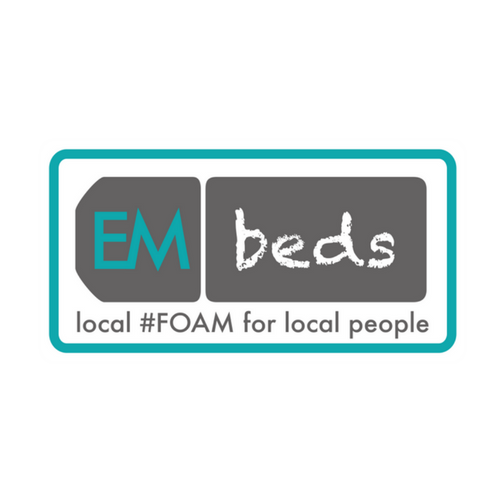- Defintion:Transient Loss of Consciousness (TLOC) due to cerebral hypoperfusion, characterised by a rapid onset, short duration, and spontaneous complete recovery.
- Common ED Complaint: 1.7% of all attendances
- Difficult Diagnosis: less than 50% get a diagnosis in ED
- Mortality & Serious Outcome: 0.8% mortality & 10.3% serious outcome @ 30 days
Ask 3 Questions!
- Is this Syncope?
- What is the underlying cause?
- What is the best Follow-Up for this patient?
Q1. Is this syncope?
This will take careful history taking from the patient, witnesses, and ambulance crew (lots of useful info is often found on the PRF).
- Was there a TLOC?
- Was the TLOC: Rapid Onset, Short Duration & Spontaneous Recovery?
If you can’t answer YES to both of these questions then it is not syncope and think about Conditions easily confused with syncope
Investigations
- ECG
- Postural BP – not just 2 quick BP’s
- Do BP @ 0, 1, 3, 5 min
- Monitor HR – look for reflex tachys
- Be aware of transient drops – if you monitored an art. line instead you would see drops in the BP that last seconds that can cause the patient to fall.
- Is the patient symptomatic? – if the patient is symptomatic even without a postural drop (found) its likely a transient drop you have missed and we need to consider reviewing their hypertensive meds
- Don’t admit ALL postural drops – in the elderly population it’s very common if you’re asymptomatic and have nothing else to cause admission you probably don’t need admission.
- Blood tests: FBC & U&E
- Consider others depending on you history and examination.
Q2. What’s the cause?
Reflex syncope |
Orthostatic syncope |
Cardiac syncope |
|
| Recurrent syncope
<40 years After unpleasant stimulus: sight/sound/smell/pain Prolonged standing During meal In crowded/hot places Presyncopal symps: pallor/sweating/nausea/vomiting With head rotation/pressure on carotid sinus (as in tumours,shaving, tight collars) Absence of heart disease |
While/after standing
Prolonged standing Standing after exertion Post-prandial Start/changes of Antihypertensives or diuretics Presence of autonomic neuropathy/Parkinsonism |
During exertion/when supine
Sudden onset palpitation immediately followed by syncope Family history of unexplained sudden death @ young age Presence of structural heart disease or coronary artery disease
|
ECG findings suggesting arrhythmic syncope:
|
Q3. What Follow-Up is best?
LOW-Risk Features
Hx |
PHx |
O/E |
ECG |
| Typical of Reflex OR Orthostatic Syncope
|
Long Hx(years) of similar low risk events
No structural heart disease |
Normal | Normal |
HIGH-Risk Features
Hx |
PHx |
O/E |
ECG |
| Major:
New Onset: Chest pain/SOB/Abdo pain/Headache During exertion/supine Sudden onset palpitations immediately followed by syncope |
Major:
Severe structural/coronary artery disease
|
Major:
sBP <90mmHg Evidence of GI bleed Undiagnosed systolic murmur |
Major:
|
| Minor:
No Prodrome or short(<10s) FHx of sudden cardiac death @ young age Syncope while sitting |
Minor:
|
Minor features: High-Risk ONLY if Hx consistent with arrhythmic syncope.
How to Follow up?
LOW-Risk (ONLY): These patients will generally have reflex or orthostatic syncope, and can generally be discharged for GP follow-up. Although you may want to review their medication or have a frailty review.
HIGH-Risk (ANY): These patients have a high risk of death or serious outcome and would benefit from investigation as an inpatients.
Neither: These patients would likely benefit from early investigations and follow-up, this could be through AAU or syncope clinic
Remember: These patients may require admission for other reasons beyond syncope, e.g upper GI bleed or PE causing syncope(its not the syncope that will kill them).
